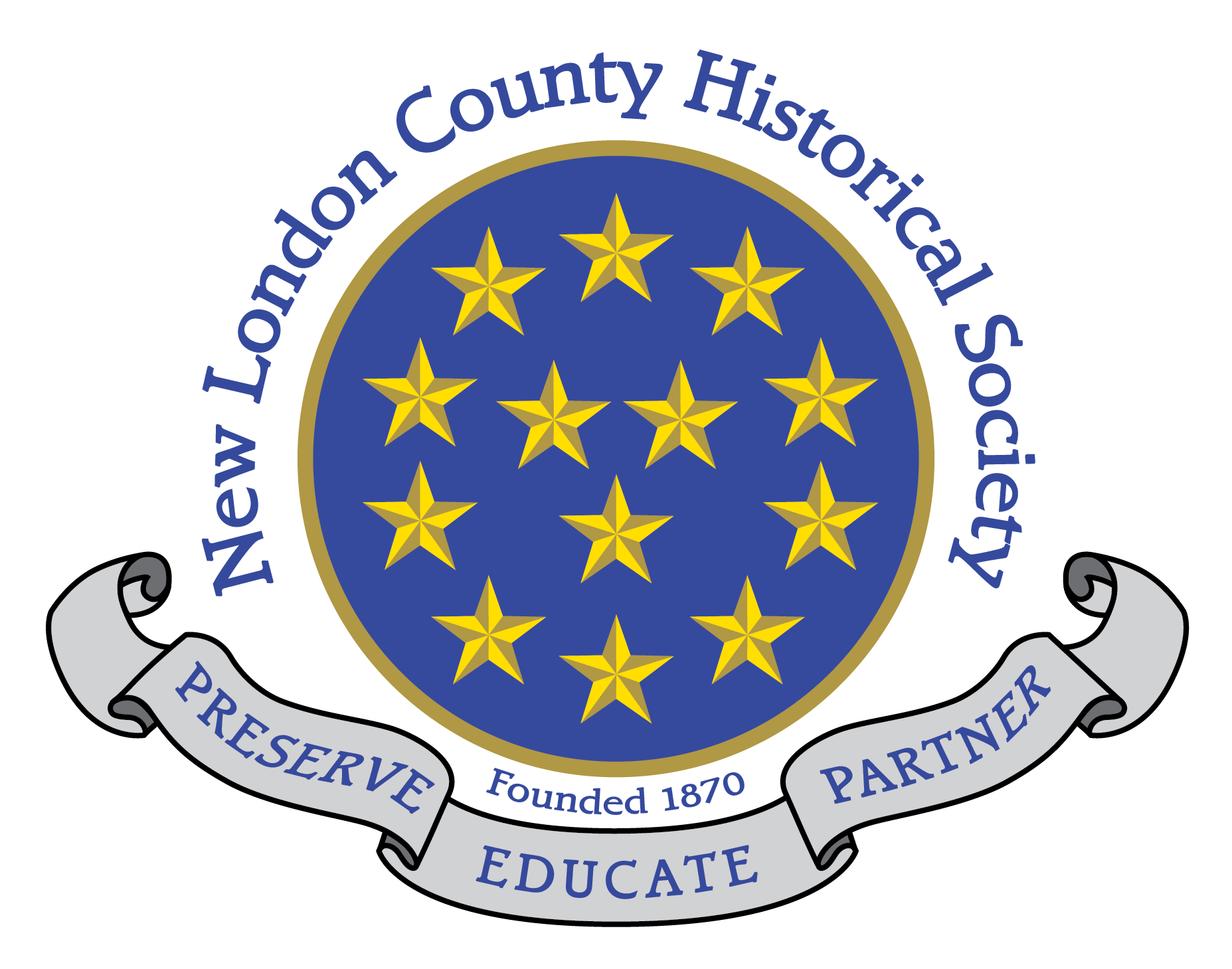 [December 1755] Saturd 27. A Snowy day. I went into Town to see the Boston News Paper, which gives an account of the Terrable Efffects of a Great Earthquake in Spain & Portugail. The famous City of Lisbourn Destroyed. Ye Houes all Shaked down but 3. & Thousands of Pple killed. The fire on the hearths burnt all ye houses & Rubbish. & Some places Swallowed up &c.
[December 1755] Saturd 27. A Snowy day. I went into Town to see the Boston News Paper, which gives an account of the Terrable Efffects of a Great Earthquake in Spain & Portugail. The famous City of Lisbourn Destroyed. Ye Houes all Shaked down but 3. & Thousands of Pple killed. The fire on the hearths burnt all ye houses & Rubbish. & Some places Swallowed up &c.
Here in 2011 we have all been horrified and transfixed by the pictures and videos of the “great earthquake” and Tsunami in Japan that also killed thousands and swallowed up whole towns. Back in 1755 this kind of terrible news was not immediate, and not visual of course, but it still had the power to shake those far away who read about it, and Joshua, always a news hound, made a point of heading to town to get his news about the tragic earthquake in Lisbon, which destroyed the city by shaking, flooding and fire – very similar to the situation in the towns and cities along the coast of northeastern Japan. Knowing as we do, the difficulties facing the population of Japan in 2011, we can only imagine the chaos and the fear of those affected in 1755.
The University of California Berkeley’s Earthquake Information Center has a short article on the event that includes this information: “The earthquake began at 9:30 on November 1st, 1755, and was centered in the Atlantic Ocean, about 200 km WSW of Cape St. Vincent. The total duration of shaking lasted ten minutes and was comprised of three distinct jolts. Effects from the earthquake were far reaching. The worst damage occurred in the south-west of Portugal. Lisbon, the Portuguese capital, was the largest and the most important of the cities damaged. Severe shaking was felt in North Africa and there was heavy loss of life in Fez and Mequinez. Moderate damage was done in Algiers and in southwest Spain. Shaking was also felt in France, Switzerland, and Northern Italy. A devastating fire following the earthquake destroyed a large part of Lisbon, and a very strong tsunami caused heavy destruction along the coasts of Portugal, southwest Spain, and western Morocco.”
Joshua and his neighbors and fellow New Englanders were no stranger to local earthquakes as he notes several others in his journal, the earliest in 1727 on November 29. Of that event he wrote: “about 10 Clock at night an Earthquake Shook the houses Continued about 1 minute & half. ye Earthquake was Terrible in Boston Colony as here. An Irruption at Newbuy but a Rumbling noise & trembling of the earth & all things.” Several other smaller earthquakes are mentioned in later years and in each he refers back to the 1727 event, which clearly was memorable and mighty scary for our eighteenth-century New London record keeper. A very good account of this earthquake can be found on the website of the US Geological Survey – including information on the “irruption” at Newburyport, MA, where marshes rose up and dried up forever. This was perhaps an event much like the “liquefaction” that occurred in Christchurch, NZ, as a result of the earthquake there earlier this year.



![FOAL[1] FOAL[1]](https://www.nlchs.org/wordpresswp-content/uploads/2010/03/FOAL1-300x238.jpg) Tuesd Mar .1. . . .wee got home [from his farm in Stonington] Sun about an hour high and wee buried the Child at Sun down. . . . Saturd 5. . . I was at home al Day. Josh brot home the mare & Colt & left the young Horses. . . Mond .7. fair & Cold & windy. I went to Groton to John Averys to Assist in an arbitration . . . Tuesd 15 it Snowed & Rained most of the Day. I was at home foren. afternoon helping measure 100 Rod of Land for Dea. fosdick Hills Lot Next Jno Plumb taken by Execution for Charlots Debt. Wednsd 16 fair & warm. I was at home al day. foren helping Adm draw S[t]ones. aftern pruning Appletrees. Thursd 24. . . I was Laying out Commons . . . I am to Receive 7s 4d of Dea Fox. the Rest are pd & I Recd 2s 6d for Abel Moors part of Dea Fosdick.
Tuesd Mar .1. . . .wee got home [from his farm in Stonington] Sun about an hour high and wee buried the Child at Sun down. . . . Saturd 5. . . I was at home al Day. Josh brot home the mare & Colt & left the young Horses. . . Mond .7. fair & Cold & windy. I went to Groton to John Averys to Assist in an arbitration . . . Tuesd 15 it Snowed & Rained most of the Day. I was at home foren. afternoon helping measure 100 Rod of Land for Dea. fosdick Hills Lot Next Jno Plumb taken by Execution for Charlots Debt. Wednsd 16 fair & warm. I was at home al day. foren helping Adm draw S[t]ones. aftern pruning Appletrees. Thursd 24. . . I was Laying out Commons . . . I am to Receive 7s 4d of Dea Fox. the Rest are pd & I Recd 2s 6d for Abel Moors part of Dea Fosdick.